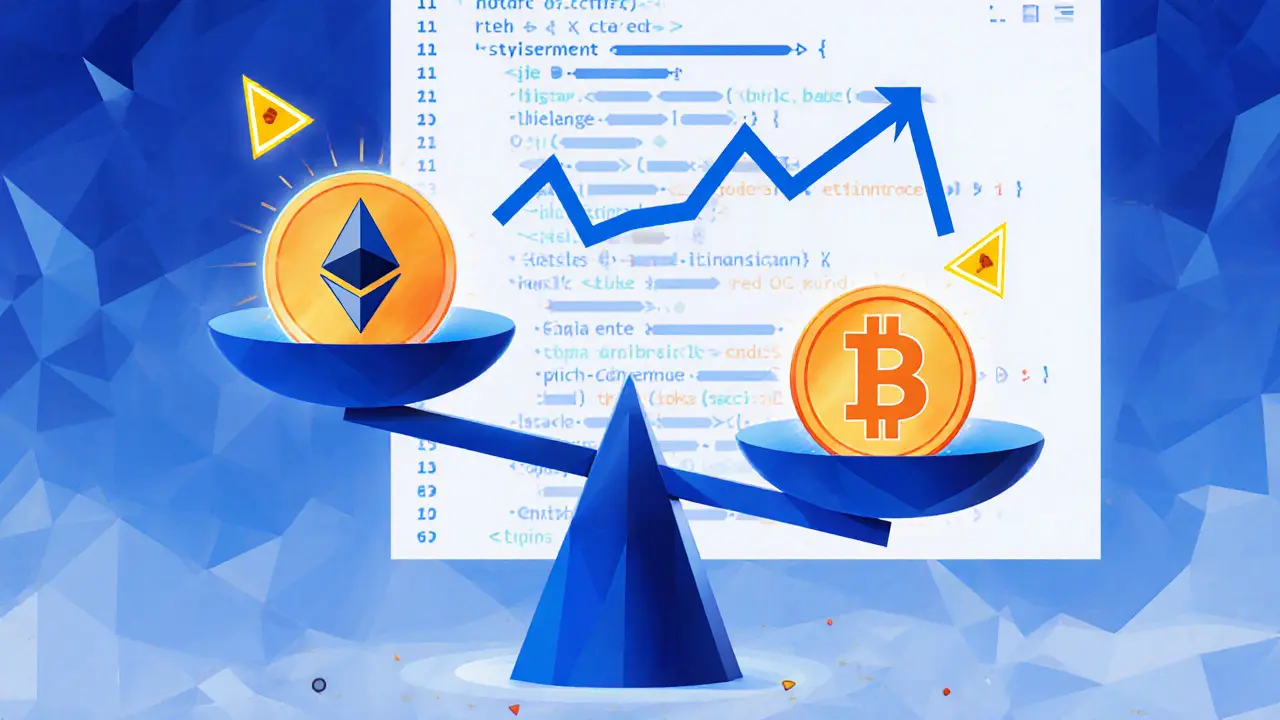Impermanent Loss: What It Is and How to Avoid It in DeFi
When you supply tokens to a DeFi, a decentralized finance system that lets you lend, borrow, or trade without banks. It's also known as yield farming, it lets you earn fees—but it also exposes you to impermanent loss, the temporary drop in value you might experience when the price of your deposited tokens changes compared to when you added them.
Impermanent loss isn’t a hack or a scam. It’s math. Imagine you put in 1 ETH and 100 USDC into a pool when ETH is $1,000. If ETH later jumps to $2,000, the pool rebalances to keep a 50/50 value split. You end up with less ETH than you started with, and more USDC. Your total value might still be higher than if you’d just held, but you lost out on the full upside. That gap? That’s impermanent loss. It’s called "impermanent" because if the price goes back, the loss disappears. But if you withdraw while the price is off, it becomes real.
This happens most in volatile pairs like ETH/USDT or new memecoins. You’ll see it often in pools on Uniswap v3, a decentralized exchange where liquidity providers earn trading fees, or platforms like Antarctic Exchange, a DeFi derivatives platform with complex trading mechanics. The bigger the price swing, the bigger the loss. That’s why many experienced users stick to stablecoin pairs like USDC/DAI—where price movement is minimal and impermanent loss is nearly zero.
There’s no magic fix, but there are smart moves. Avoid high-risk token pairs unless you’re prepared to lose part of your gains. Use tools that calculate potential loss before you deposit. And never assume earning fees means you’re winning—always compare your pool returns to just holding the tokens. If you’re new, start small. Test with stablecoins. Learn how price shifts affect your position. The more you understand this, the less likely you are to get blindsided by it.
Below, you’ll find real-world examples of how impermanent loss plays out in live DeFi projects—from high-yield farms that turned risky to platforms that minimized it through smart design. Some posts show how users lost money chasing returns. Others reveal how to protect yourself before you click "approve" and "supply."
Understanding Liquidity Pool Risks in DeFi
Liquidity pools power DeFi trading but come with serious risks like impermanent loss, smart contract bugs, and rug pulls. Learn how to protect your funds before providing liquidity.
learn more